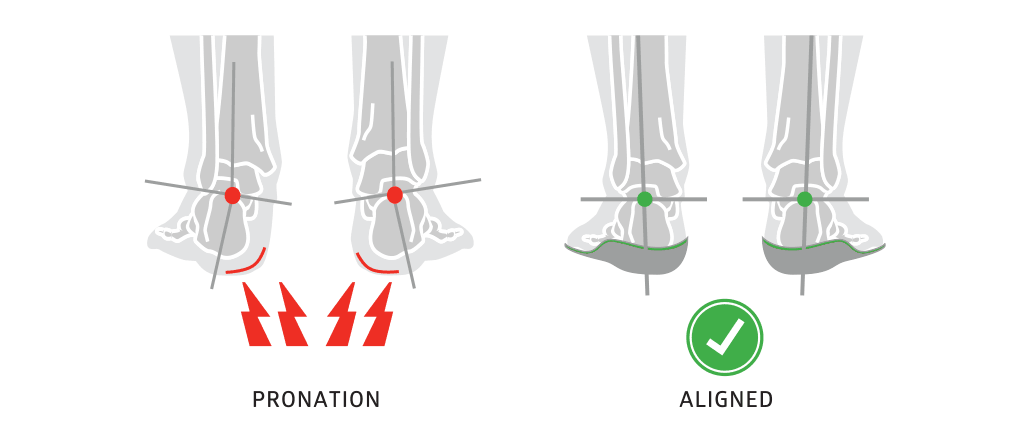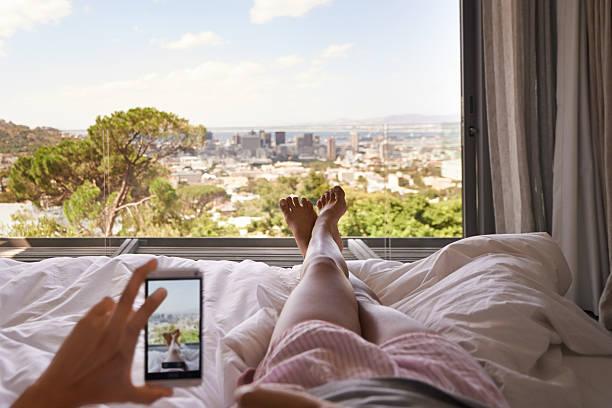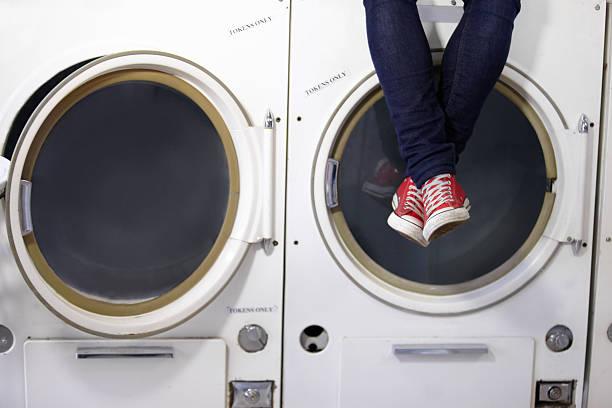How Pronation, Overpronation and Supination Affect You?

If you've recently had an assessment with a certified pedorthist, they may have said you pronate, overpronate, underpronate, or supinate while you walk. In this article, we will explain what pronation means and why it's important for your gait.
Learn about these gait patterns and what you can do to address them if they are causing you pain (many people over- or under-pronate with no ill effects).
What is Pronation?
Pronation refers to the way your foot rolls inward for impact distribution upon landing. It’s part the natural movement of the human body but it differs form person to person. As your foot strikes the ground it rolls inward to absorb the shock. As it does this the arch of your foot supports, on average, three times your body weight. People who roll inward too much or not enough can experience running injuries due to less effective shock absorption - which is around 60% of runners. There are three main pronation types. Finding yours is the first step towards finding the right running shoes.
Different Types of Pronation

Normal Pronation (Neutral)
Pronation refers to the natural side-to-side movement of the foot as you walk or run. Your foot normally rolls a bit inward with each step.
Here is what happens during normal pronation:
- All of the toes aid in push-off, but the big toe and second toe do more of the work while the others stabilize.
- During push-off, the sole of the foot is facing the rear of your body and is not tilted so the sole is facing either inward or outward.
- From the time your heel strikes the ground, your arch begins to flatten and cushion the shock.
- If you have a neutral gait, your foot begins to roll outward with the toe-off.
- The arch rises and stiffens to provide stability as the foot rolls upward and outward.
- Your weight shifts to the outside of your foot and then back to the big toe.
The posterior tibialis muscle primarily controls pronation. It is an eccentric action in gait, not a concentric action, meaning the muscle lengthens instead of contracting.
Overpronation
In overpronation, the ankle rolls too far downward and inward with each step. It continues to roll when the toes should be starting to push off. As a result, the big toe and second toe do all of the push-off and the foot twists more with each step.
Overpronation is seen more often in people with flat feet, although not everyone with flat feet overpronates.
Overpronation can lead to strain on the big toe and second toe and instability in the foot. The excessive rotation of the foot leads to more rotation of the tibia in the lower leg. The result is a greater incidence of shin splints (also called medial tibial stress syndrome) and knee pain.
Overpronation can also lead to excessive strain on the posterior tibialis tendon, causing shin splints and posterior tibialis tendon dysfunction in older adults. Motion-control shoes, insoles, and orthotics are designed to correct foot motion in overpronation.
Underpronation (aka Supination)
Supination is a rolling motion to the outside edge of the foot during a step. The foot naturally supinates during the toe-off stage of your stride as the heel first lifts off the ground, providing leverage to help roll off the toes.
However, with supination, the foot does not pronate enough at the toe-off stage. This results in all of the work being done by the outer edge of the foot and smaller toes, placing extra stress on the foot. Supination is seen more often in people with high, rigid arches that don't flatten enough during a stride.
Supination can be associated with running injuries3 such as ankle injury, iliotibial band syndrome, Achilles tendonitis, and plantar fasciitis. Shoes that are well-cushioned and flexible are best for people who supinate.
Prevention and Treatment
Pronation and supination are bio-mechanical problems, and are best treated and prevented with orthotic inserts. But before you run out to buy orthotics it makes sense to get the right advice on footwear, and the best advice I can give you, is to go and see a qualified podiatrist for a complete foot-strike and running gait analysis. They will be able to tell you if there are any concerns regarding the way your running gait is functioning.
After your running gait has been analyzed, have your podiatrist, or competent sports footwear sales person recommend a number of shoes that suit your requirements. Good quality footwear will go a long way in helping to prevent pronation and supination. And, if needed, invest in a pair of orthotic inserts to further prevent over pronation or over supination.
Choosing the Right Shoes
That brings us to the next point. What should you be looking for when purchasing a new pair of shoes?
- Choose a shoe that suites your running gait and foot type. Money spent at the podiatrist now, for a complete foot-strike and running gait analysis, will save you much heart-ache and discomfort later. Having a shoe that suits your foot type is the best prevention for injury and pain.
- When having your shoes fitted have both feet measured to ensure you get the most appropriate size, and remember, your feet are three dimensional. The length of your foot is only one part of a proper fitting, measure your feet for width and depth to get a better fit.
- When purchasing footwear make your purchase in the later half of the day. Your feet will swell during the normal course of a day, so avoid making a purchase in the morning as you may find that your new shoes are half a size too small by the afternoon.
- When trying on new shoes always wear the socks that you will be using with your new shoes.
- Never purchase tight fitting shoes in the hope that they will stretch or wear-in over time.
Geckoman is proud to provide insoles and orthotics for those with Overpronation and Supination. In addition to its renowned wide toe box and deep heel cup design, cushioning and arch-support soles and non-slip rubber out-soles.
The classic best indoor & outdoor shoes series are so popular among all of our shoes series that it sold out for a while. Now, one of the most stylish restock again. Get one pair of this series before it sold out!





Leave a comment